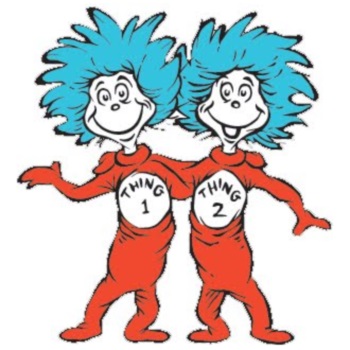Italian author Grazia Deledda won the Nobel Prize for Literature in 1926, the second woman to win that honor, the second Italian to do so, and the first Italian prose writer to win it. (There have been 113 winners, six of them from Italy, but four of the winners won for poetry or drama.) Her work focused largely on portraits of regional, peasant life in her native Sardinia, a Mediterranean island that is an autonomous region within Italy, with its own indigenous language and unique history, and a relatively strong economy today that, prior to World War II, was poorer and more driven by agriculture and mining. Deledda’s works, including her 1902 novel After the Divorce ($2 on Kindle), tend to put ordinary people in extraordinary circumstances so Deledda can display or criticize social mores, such as the economic disadvantage of being a woman in Italy at the center of this book.
Giovanna and Constantino are a young, happily married couple with an infant son whose unremarkable lives are shattered when Constantino is arrested for and convicted of the murder of his cruel, abusive uncle. A new law passed in Italy shortly after the trial allows a woman to divorce a husband who has been convicted of a crime and jailed, so Giovanna does so, under duress, and marries the neighboring landowner who has been lusting for her for years but whom she rejected prior to marrying Constantino. The marriage is a disaster, of course, and eventually the truth of the murder comes to light and Constantino is released to return to his village, where he and Giovanna begin an affair that leads, almost inevitably, to tragedy.
Although the end of After the Divorce doesn’t quite match the common ending of early novels on the same theme – Madame Bovary, The Awakening, and Anna Karenina all mine somewhat similar material – the novel is still at heart about how women of that era lacked economic power. When Constantino was jailed with no real hope of parole or acquittal, Giovanna has no way to feed herself or her child, and becomes a burden on her own money-obsessed mother.

I’ve seen a few references to this book or Deledda in general as antecedents of Elena Ferrante’s Neapolitan quartet, but I didn’t see the similarity; Ferrante, who writes under a pseudonym and has avoided nearly all media, hasn’t mentioned that this was an influence, and other than the setting there doesn’t seem to be a common thread here. If you liked Ferrante’s novels, you could certainly give Deledda a spin, but I wouldn’t say liking one indicates that you’ll like the other.
Next up: I’ve finished Margaret Wilson’s The Able McLaughlins, a Puliter winner, and am now reading Anna Smaill’s weird, dystopian novel The Chimes.

